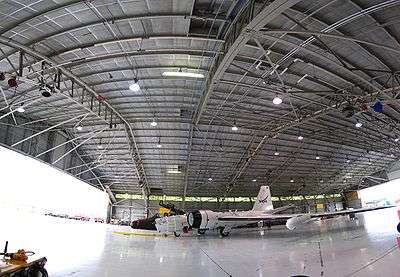Microgravity University

Microgravity University, also known as the Reduced Gravity Student Flight Opportunities Program (RGSFOP) is a program run by NASA which enables undergraduate university students to perform microgravity experiments aboard NASA's DC-9 aircraft at Johnson Space Center in Houston, Texas.
Acceptance into the program requires a team of four fliers (and any number of ground crew) and is done through the writing and submission (during late Fall) of a technical proposal which details among other things what the experiment is about, safety considerations, and outreach plans. In the 2007 campaign, 36 of the 74 proposals submitted were accepted. Upon acceptance, a flight date is assigned and the team must design and build the planned experiment by then. Prior to flight, submission of a TEDP (an in-depth description of apparatus) is also required, as are FAA approved physical examinations for all fliers and the optional alternate flier.
The flight week

The flight week begins with an introduction to the facility, the crew, and a description of what is planned overall. The rest of the week involves training, tours, setup, and flights.
Setup of the experiment is done at Ellington Field's hangar 990 concurrently for all teams in the flight week. The hangar houses the C-9 as well as NASA's two WB-57 high altitude research aircraft; the setup period typically goes for three days, after which the experiment is loaded onto the C-9, strapped into place, and finalized. Microgravity flights are performed during the next two days: two of the fliers on one day and the other two on the other day.

The flight day begins with a briefing which involves last minute instructions and advice, and also the administration of anti motion sickness medicine.
Each microgravity flight contains 30 zero gravity sessions, called parabolas, lasting 20 to 25 seconds each. Additionally, Lunar and Martian parabolas are done (one each).
Transportation and housing for the flight week and the trip to Houston are not provided by NASA and must be arranged by the students.